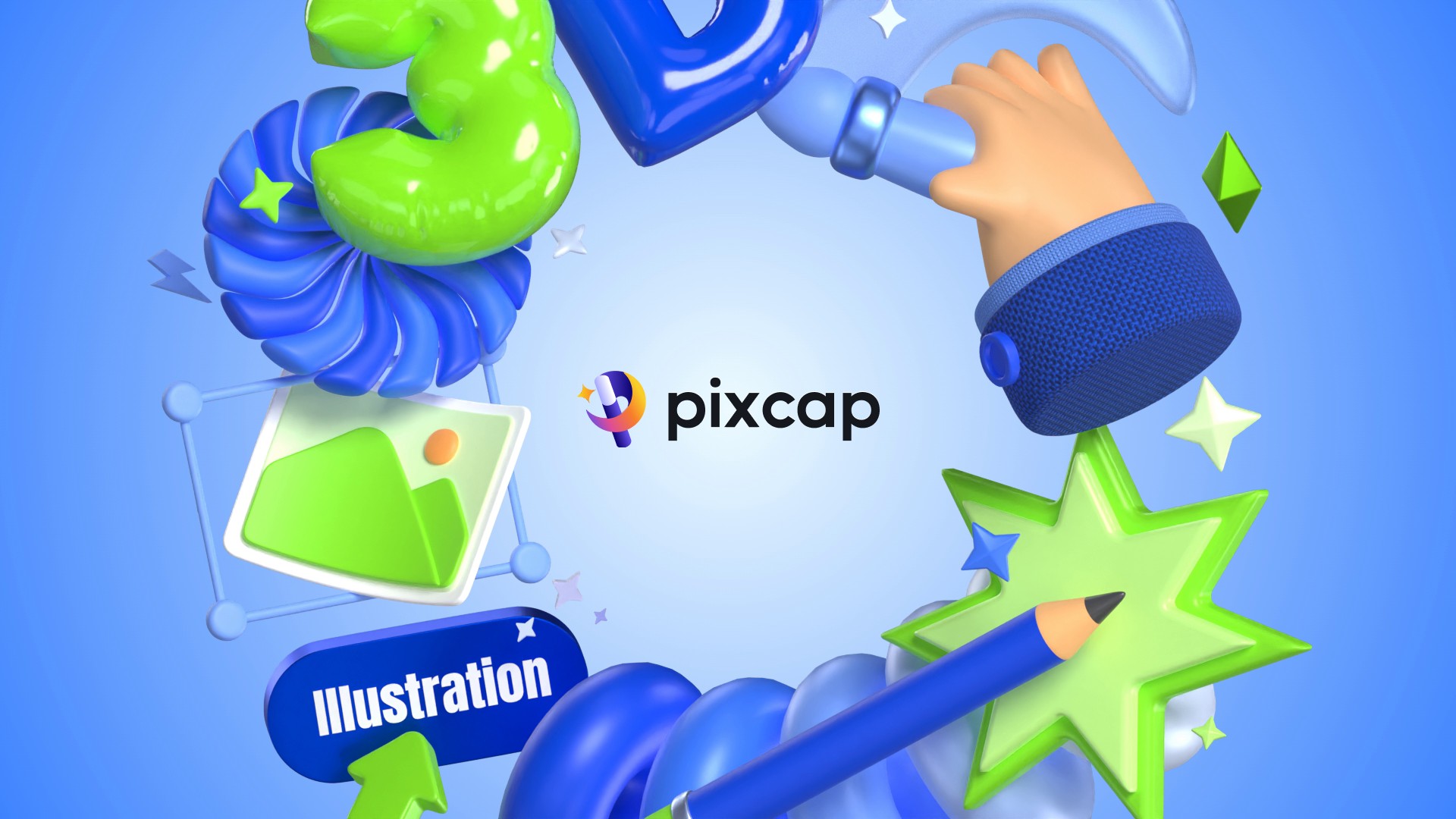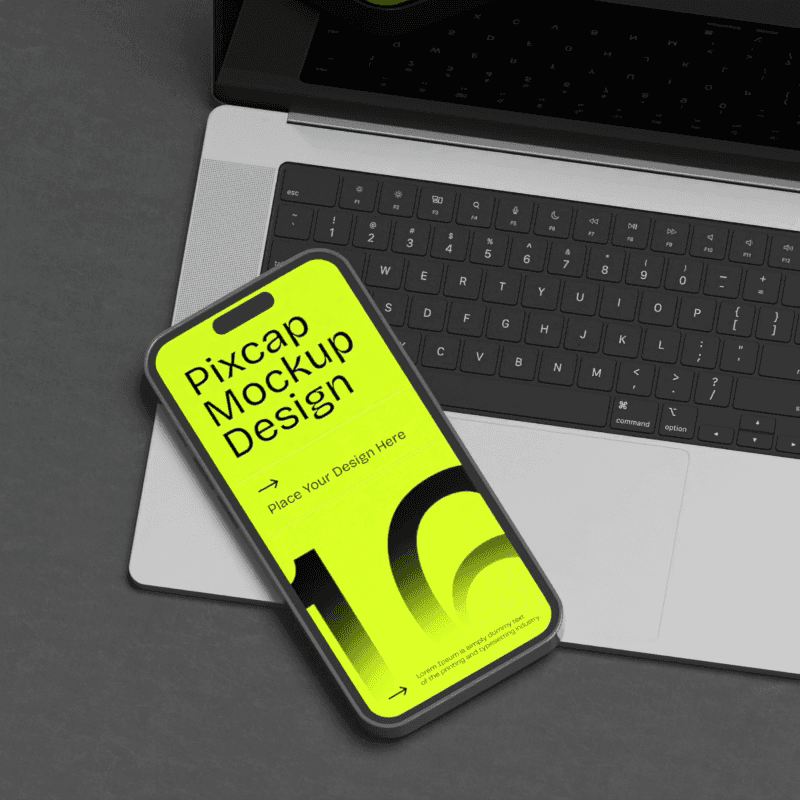Illustrations are a dynamic and captivating form of visual storytelling that employs various artistic techniques to communicate ideas, concepts, and narratives.
Serving as the bridge between imagination and reality, illustration combines creativity, skill, and craftsmanship to bring ideas to life in both traditional and digital mediums.
From children's books to editorial illustrations, from advertising campaigns to graphic novels, illustration has the power to evoke emotions, create connections, and convey messages effectively.
In this comprehensive guide for illustrations, we will delve into the world of illustration, exploring its history, illustration techniques, styles, and applications, providing valuable insights and practical tips for both aspiring illustrators and those interested in understanding the art form.
Get ready to uncover the magic behind the art of illustration and discover the potential it holds for creative expression and visual communication.
Introduction to Illustration
What is Illustration
Illustrations are not just images; they are powerful tools that can communicate complex ideas and emotions more effectively than words alone. They have the unique ability to transcend language barriers and reach a diverse audience.
For instance, in educational materials, illustrations can simplify complicated subjects, making them more accessible and engaging for learners.
In marketing, illustrations can capture attention quickly, conveying brand messages in an instant and creating a lasting impression. They also add a personal touch to narratives, giving stories a visual identity that resonates with readers. As visual aids, illustrations enhance comprehension and retention, especially when explaining abstract concepts or data.
In this way, illustrations are essential in various fields, from publishing and advertising to education and corporate communication, underlining their significance as a universal communication medium.
Illustration: A Fundamental of Design
At the core of every impactful design lies the art of illustration. It's the illustrative elements that often become the focal point, guiding the viewer's eye and reinforcing the message of the design.
Whether it's a website, a mobile app, fashion illustration, or a product packaging, illustrations can create an atmosphere, invoke emotions, and enhance the user experience. They provide context and can turn abstract concepts into relatable visuals.
For designers, illustrations are a means to differentiate products in a crowded market, adding uniqueness and character that can set a brand apart. They help in creating a visual language that can be consistently applied across various mediums, which is why illustrations are widely popular with graphic designers.
Moreover, illustrations can adapt to multiple aesthetics, from minimalist line art to intricate detailed drawings, making them a versatile tool in the designer's toolkit. They are not merely decorative; they are fundamental to effective graphic design and design.
Defining Illustration
Characteristics of Effective Illustrations
Effective illustrations share certain characteristics that enhance their ability to communicate and engage. They are clear and focused, ensuring that the message is understood without confusion.
These illustrations often exhibit a strong conceptual foundation, where the idea of what is illustration is not just represented but also interpreted creatively to add depth and meaning.
They also maintain a balance between aesthetics and functionality, with attention to color, composition, and detail that complements the narrative or purpose.
Another key characteristic is originality; successful illustrations have a unique style or approach that distinguishes them from others. They evoke the intended emotions and reactions from the audience, whether it's to persuade, inform, entertain, or inspire.
Lastly, effective illustrations consider the context and audience, making sure they are culturally appropriate and accessible to the intended viewers. These traits together ensure that illustrations are not just seen but are also impactful and memorable.
The Different Applications of Illustration
Illustration finds its place in a diverse array of applications, each with its own set of requirements and audience.
In the publishing industry, illustrations breathe life into the pages of children's books, graphic novels, and educational textbooks. They serve as critical visual elements in newspapers and magazines, providing a visual break from text-heavy content.
In the world of advertising and graphic design, illustrations can be the centerpiece of memorable campaigns, effectively conveying messages with creativity and flair. Graphic designers use illustrations to create authentic and unique visuals that stand out.
In digital realms, from web design to mobile apps, illustrations enhance user interfaces by adding personality and improving user experience.
They also play a significant role in branding design, helping businesses establish a visual identity through various types of illustrations, logos, mascots, and other brand elements.
Moreover, illustrations are instrumental in scientific and medical fields, where accurate visual representations can aid understanding complex processes. The versatility of illustration is evident in its broad spectrum of use cases, from the artistic to the technical.
Illustration in 3D Design and Animation
Advantages of Incorporating Illustration into 3D Design
The integration of illustrations into 3D design and animation offers substantial advantages.
3D Illustrations can serve as the initial blueprint for 3D models, providing a clear vision for the final design. This preliminary step ensures accuracy and consistency throughout the modeling process. Additionally, illustrations add a layer of stylization that can make 3D designs more engaging and distinctive.
They allow designers to play with textures, colors, and lighting in ways that can make the 3D elements more lifelike or, conversely, more fantastical, depending on the project's goals.
In 3D animation, illustration types of illustrations guide the animation process, from storyboarding to character design, ensuring that the movement and expressions align with the intended visual storytelling.
Moreover, illustrations can simplify complex 3D processes, making them more approachable for viewers. Ultimately, incorporating illustration into 3D design enriches the creative process and can lead to more innovative and compelling results.
Transformative Impact of AI on Illustration
AI has had a profound impact on the field of illustration, particularly within 3D design and animation. AI-driven tools have revolutionized the way illustrators work, automating time-consuming tasks such as coloring, inking, and rendering, which allows artists to focus more on the creative aspects of their projects.
The transformative impact of AI on illustration extends to platforms like Pixcap. Using machine learning algorithms, Pixcap AI streamlines the illustration process by allowing graphic designers to take apply different styles to their designs with only a couple of clicks - it is truly revolutionizing 3D graphic design.
Pixcap AI also offers advanced capabilities in pattern and texture generation, making it possible to create complex visual elements with ease.
Explore Pixcap's AI Icon Generator to create unique 3D creations in styles like clay, paint, and more in less than 3 minutes!
The technology is enhancing creativity by suggesting alterations and improvements that might not have been considered by illustrators.
In animation, for example, AI algorithms can predict and replicate realistic motion, reducing the workload for animators and increasing efficiency.
Furthermore, AI opens the door to personalization at scale, enabling illustrators to tailor content to different audiences without compromising on quality or artistic integrity. The transformative impact of AI on illustration is undeniable, pushing the boundaries of what's possible in visual storytelling.
Types of Illustration: A Look at Various Styles and Techniques
Traditional Illustration Vs. Digital Illustration Vs. Editorial Illustration
The debate between traditional and digital illustration is rooted in the tools and techniques each employs. Each illustration style has its own unique usecase and way of designing.
Traditional illustration involves tangible media such as pencils, ink, watercolor, or acrylics, and it is often associated with a more organic and textured outcome. The unpredictability of the materials can add a unique character to the artwork, and many artists find the tactile process to be an irreplaceable aspect of their creative expression. A good example of traditional illustrations are pencil illustrations.
Conversely, digital illustration utilizes software and digital tools like tablets and styluses, offering a clean, precise, and malleable workflow. It allows for easy corrections, an extensive palette of effects, and the ability to duplicate work instantly. Digital illustration can be more versatile in terms of application and modification, especially for online and print mediums. This is the most popular illustration style in the graphic design field.
When it comes to editorial illustration, both traditional and digital methods have their place. Traditional techniques can evoke a sense of authenticity and nostalgia, while digital tools enable illustrators to meet tight deadlines and easily make revisions.
The choice between traditional and digital illustration, as well as its application in editorial contexts, often depends on the project's demands, the artist or illustrator's personal style, and the desired final effect.
Evolving Trends in Illustration Styles
Illustration styles are constantly evolving, influenced by cultural shifts, technological advancements, and artistic innovation. Recent trends show a move towards inclusivity and diversity, with illustrations depicting a broader spectrum of human experiences and identities.
There's also a resurgence of hand-drawn illustrations, as many appreciate the authenticity and warmth they bring to digital spaces. In terms of aesthetics, there is a noticeable lean towards bold color palettes and abstract shapes, challenging conventional realism for a more expressive and imaginative approach scientific illustration.
Another significant trend is the fusion of traditional techniques with digital methods, creating a hybrid style that benefits from the strengths of both worlds.
Additionally, 3D illustration has gained traction, offering a new dimension of depth and realism that can be particularly captivating in interactive environments. The constant evolution of illustration styles ensures that the field remains fresh and relevant, as artists continue to explore new horizons and push creative boundaries.
Conclusion: The Future of Illustration
The Role of Illustration in Emerging Technologies
As emerging technologies like virtual reality (VR), augmented reality (AR), and mixed reality (MR) continue to develop, the role of illustration is becoming increasingly integral.
In these immersive environments, illustrations are not just viewed but experienced, enabling users to interact with the visual content in a three-dimensional space.
This opens up new opportunities for storytelling, education, advertising illustration and brand engagement that were previously unimaginable. In the realm of user interface design for these technologies, illustrations can be used to guide users intuitively through complex interactions.
Moreover, the rise of non-fungible tokens (NFTs) has created a new avenue for digital illustrators to gain recognition and monetize their work in the blockchain space.
As technology advances, the demand for high-quality, innovative illustrations is likely to grow, solidifying their role in shaping the user experience of tomorrow's tech landscapes. Illustration is poised to not just adapt but thrive in the face of these technological advancements.
How Illustration Enhances Communication & Engagement
Illustration plays a crucial role in enhancing communication and engagement across various mediums. By visualizing information, illustrations break down barriers to comprehension, allowing messages to be quickly understood and retained.
They cater to the human brain's preference for visual information, making communication more effective and impactful. In the digital age, where the attention span of audiences is limited, illustrations can capture and hold attention, facilitating deeper engagement with content.
Furthermore, illustrations are not bound by language, making them a universal tool for reaching a global audience. They can convey tone, emotion, and context, enriching narratives and providing a more immersive experience.
In branding, and graphic design, illustrations create a visual identity that audiences can connect with, fostering a sense of familiarity and loyalty. As we move towards a more visually-oriented culture, the power of illustration to enhance communication and engagement will only continue to grow in significance.














